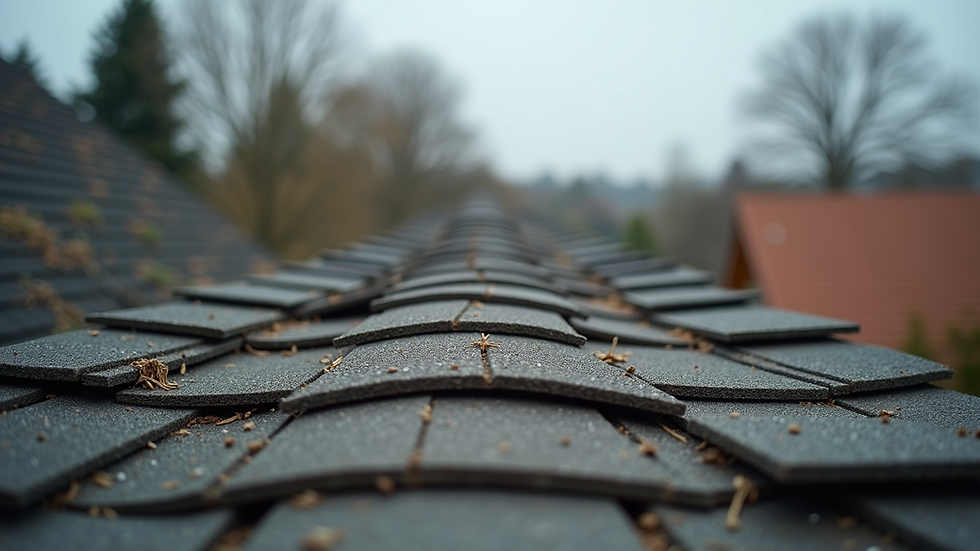The Benefits of Free Roof Inspections for Homeowners
- Jacky Miles
- Jul 1
- 3 min read
Updated: Nov 18
A roof protects your home from weather, keeps your family safe, and adds to your property’s value. Yet many homeowners overlook the importance of regular roof inspections. Free roof inspections offer a simple way to catch problems early, save money, and maintain peace of mind. This post explains why taking advantage of free roof inspections is a smart choice for every homeowner.
Want to read more?
Subscribe to fullscopeconsultants.com to keep reading this exclusive post.



